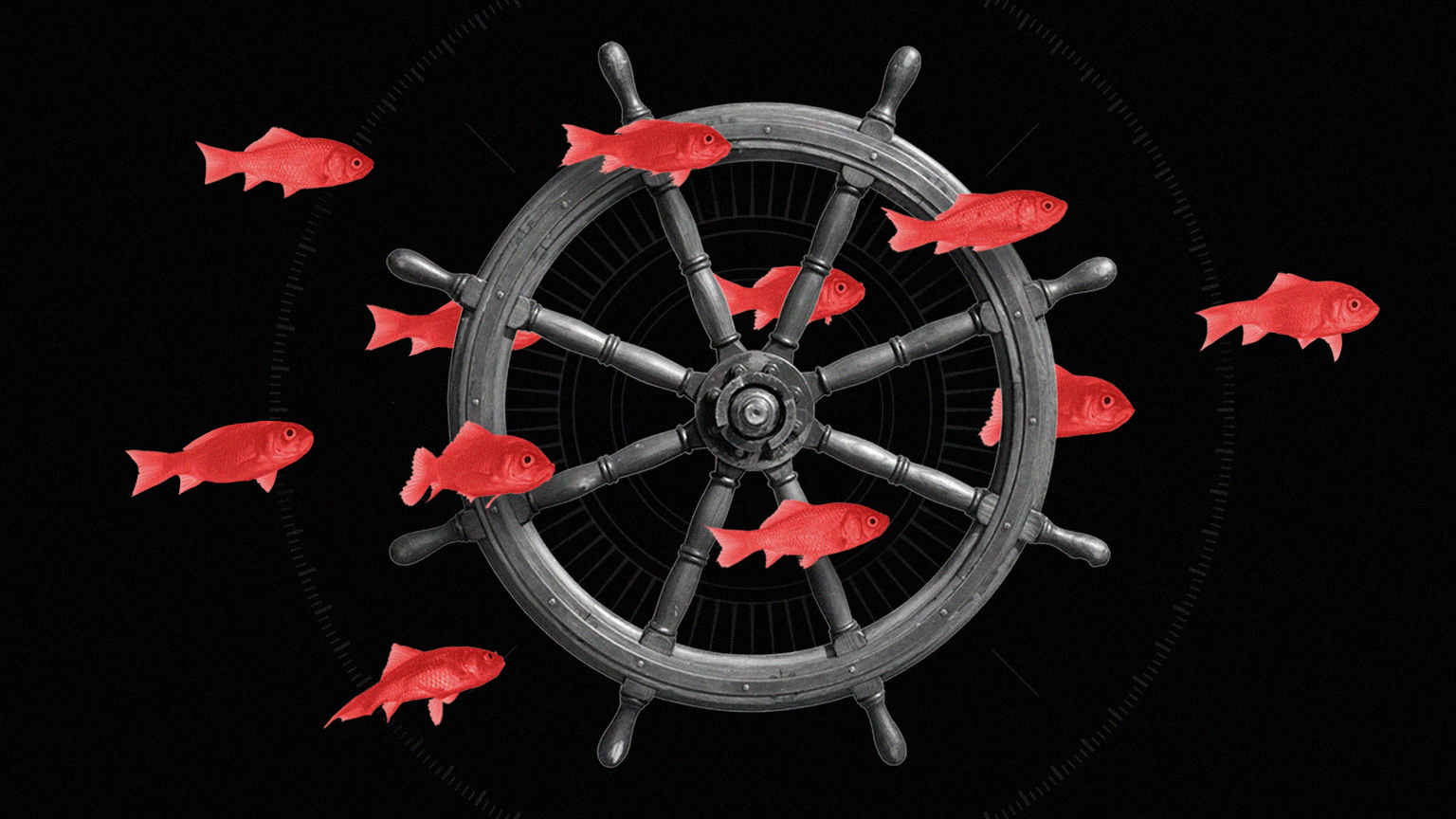Need to hire and get it right? Follow the hiring strategy of an interview master.

While fewer companies these days rely solely on interviews in deciding who to hire, interviews still have value in that they can reveal the difference between a candidate as a list of carefully crafted qualifications on paper and the reality of who they really are. James Citrin, author of The Career Playbook, and partner at Spencer Stuart, has some experience with getting the most from the interview process: He estimates he’s participated in some 100,000 of them over the last 23 years. In his Big Think+ video, “Hire for Performance, Fit, and Results: Follow the Hiring Strategy of an Interview Master,” he explains the interview strategy that’s most likely to help a company find the best new hires.
The value of multiple interviews
In his video, Citrin talks a bit about the differences between the traditional single interview and a well-planned series.
To begin with, the conventional single interview often begins with an invitation for the candidate to tell the interviewer about themself. Often, as the applicant talks, a strong first impression forms based on really very little, and this impression can permanently affect the hiring manager’s subsequent judgment. The manager, Citrin notes, may say something along the lines of, ‘I think she’s awesome. I want to hire her.’ And then they’ll spend the next 45 minutes looking for data in the conversation to prove and support the decision that was made in those first five minutes.” We may like to consider ourselves shrewd judges of character, but it’s easy to be wrong. What if, for example, a strong candidate is not that great at interviews, or vice versa?
Imagine instead two series of interviews, each targeted at learning specific things from the candidate. Impressions still form, but more slowly and judiciously as you get more on which to base it than simple personal charm, or a lack thereof. Citrin additionally advocates having the applicant interviewed by different people while also providing some same-person followup in the second series.
With multiple interview stages, the company gains a chance to identify those skilled candidates who actually get better with each interview as the quality of their insights into your business grows stronger, and their creative ideas become more on-target.
Round 1
For the first series of interviews (with multiple people), Citrin suggests each conversation remain focused on detailed descriptions of the “hard” things in the candidate’s professional experience: Their accomplishments, challenges, solutions, and the methodologies they employed to succeed. These tell you about their competence and character, and also allow you to spot skills that could be of use at your company.
Round 2
With the hard information already in hand, round 2 is the time for asking the candidate to field hypothetical challenges that give you an idea of what they’re likely to bring to the company in the future. “That’s ultimately the basis [for your decision] because you’re hiring for the future, you’re not hiring in the past,” Citrin says. He mentions a handful of possible questions:
- If you were the chief financial officer of this organization how would you see changing our relationship with investors?
- If you were the chief marketing officer of this company what do you see our brand promise — how that could evolve?
- If you’re the CEO what would your vision for the company be in five years under your leadership?
At the end of the second series of interviews, your judgment of each applicant should be pretty accurate and ready to be factored into the remainder of your hiring considerations.




